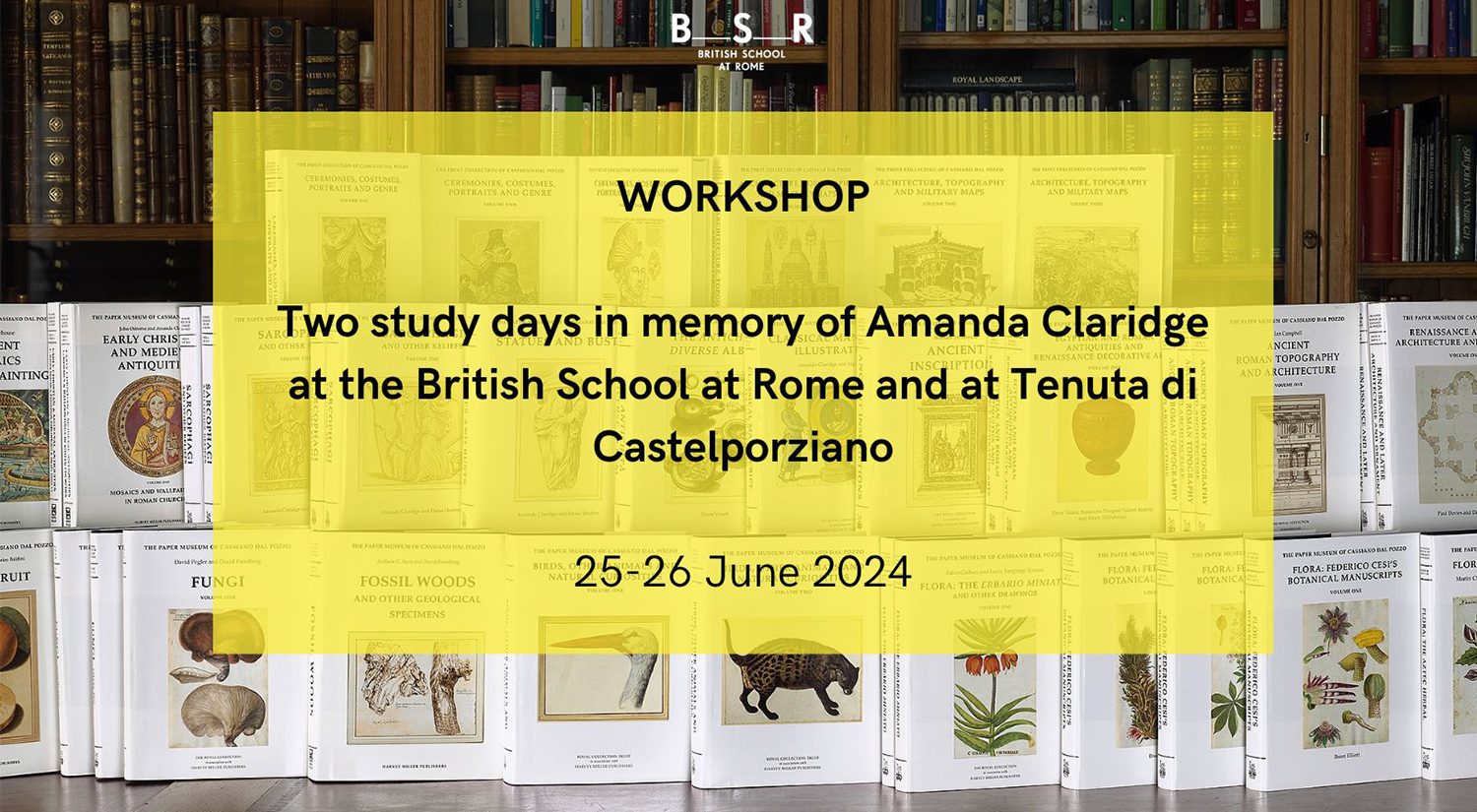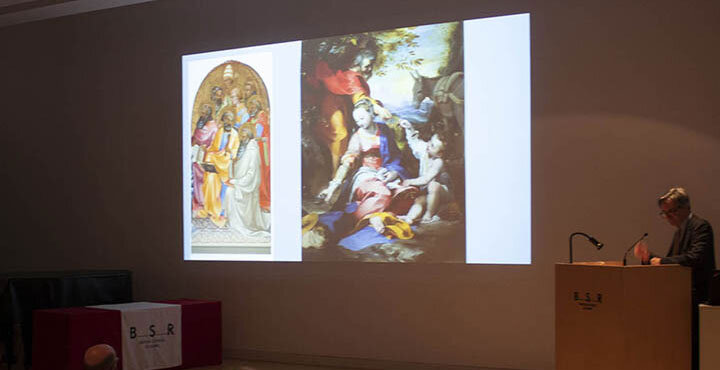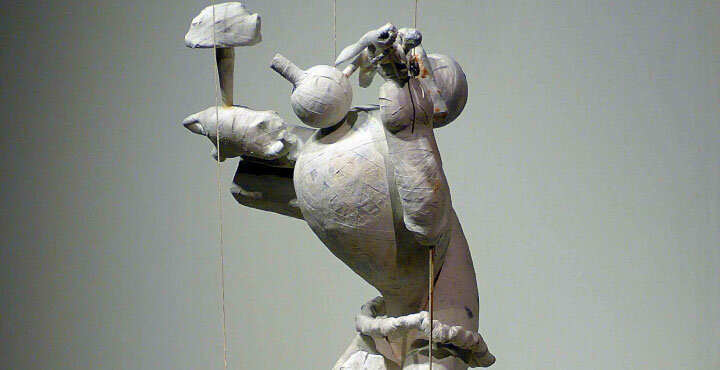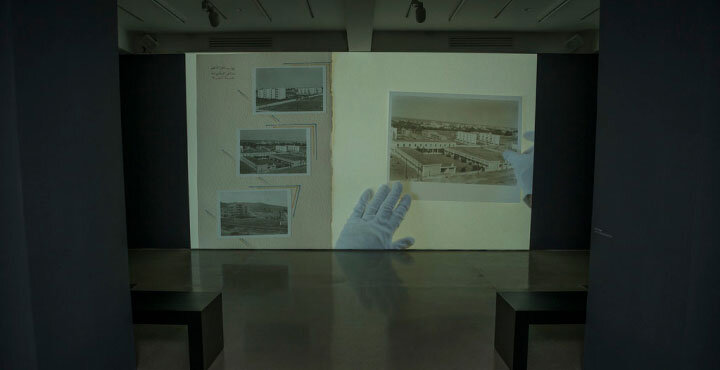Fine Arts
Fine Arts
 Skye Wagner, BSR Open Studios December 2022.
Skye Wagner, BSR Open Studios December 2022.
 On the meaning of ‘Gossip’, installation view, 2023.
On the meaning of ‘Gossip’, installation view, 2023.
 Cornelia Parker at the BSR, 2023
Cornelia Parker at the BSR, 2023
 Jennifer Taylor, Lupercalia, 2017
Jennifer Taylor, Lupercalia, 2017
Fine Arts Residencies
From our foundation, the BSR has brought together visual artists of the highest calibre to work and develop their practice in this unique, multidisciplinary community.
Today, those who win residential studio awards represent the very best of established and up-and-coming contemporary practitioners in the UK and the Commonwealth: they draw on and contribute to the BSR’s uniquely lively and engaged intellectual environment to enhance their own practice and research.
Previous BSR Visual Art residents include: Phoebe Boswell, Marc Camille Chaimowicz, Celia Hempton, Holly Hendry, Winifred Knights, Julian Opie, Cornelia Parker, Eddie Peake, Elizabeth Price, Laure Prouvost, Emma Talbot, Mark Wallinger and Barbara Walker.
Our residential awards give 3 to 9 months in one of our seven catered en -suite studios.
Award holders are supported by a dedicated Visual Art Residency and Programme Curator, Marta Pellerini, who co-ordinates artists’ activities. Marta Pellerini supports them in the development of specific projects, studio visit and open studios during their stay in Rome. She curates also the BSR Fine Arts Talks Programme.
The artists in residence at the British School at Rome present their developing research three times a year, in Winter, Spring and Summer. All of them take place at the BSR. On these occasions the award-holders are able to show their work to the Roman audience, creating a fruitful moment of dialogue and exchange.
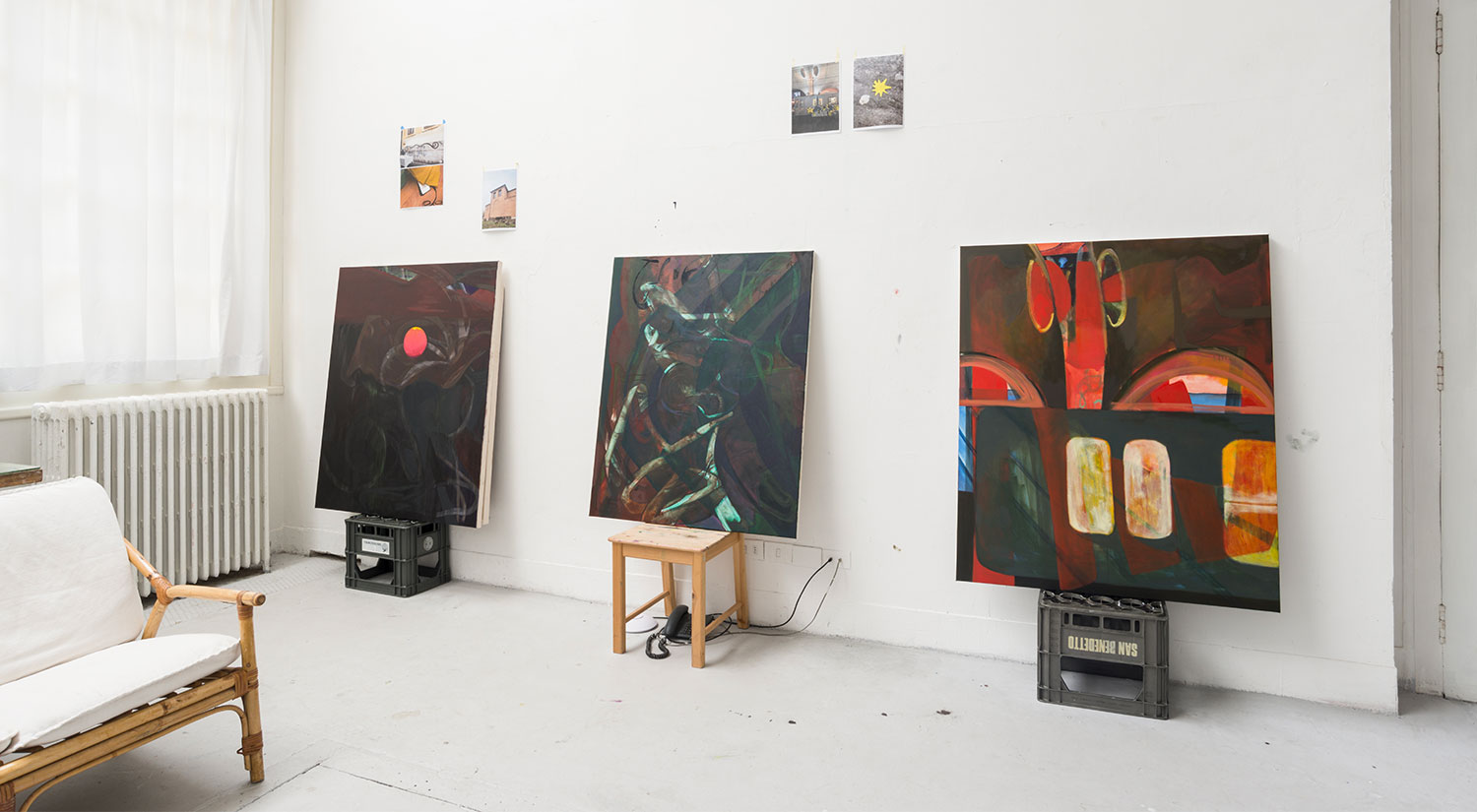
Studio of Lucy Tarquinio, Winter Open Studios 2023. Photo by Luana Rigolli.
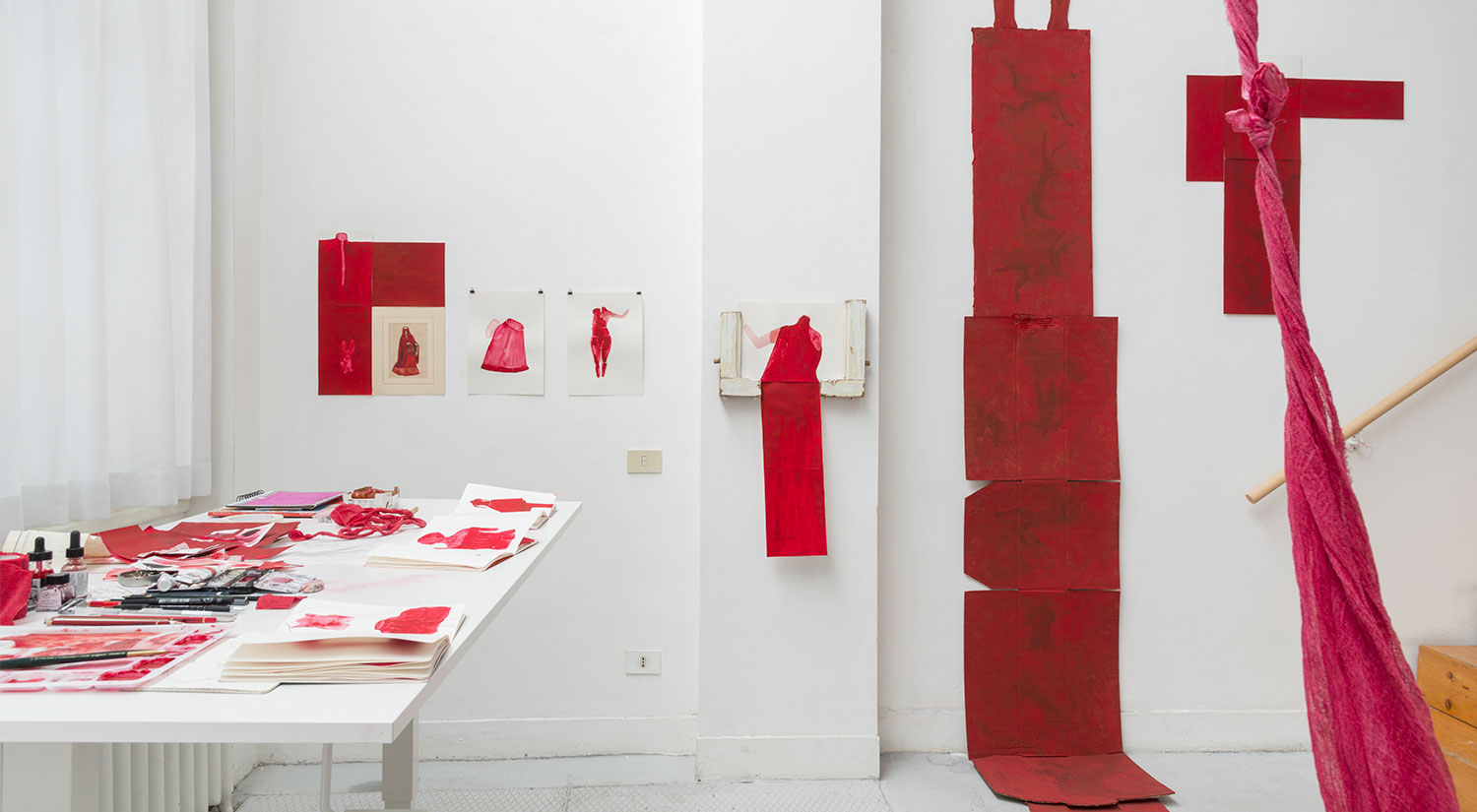
Studio of Sharon Kelly, Winter Open Studios 2023. Photo by Luana Rigolli.
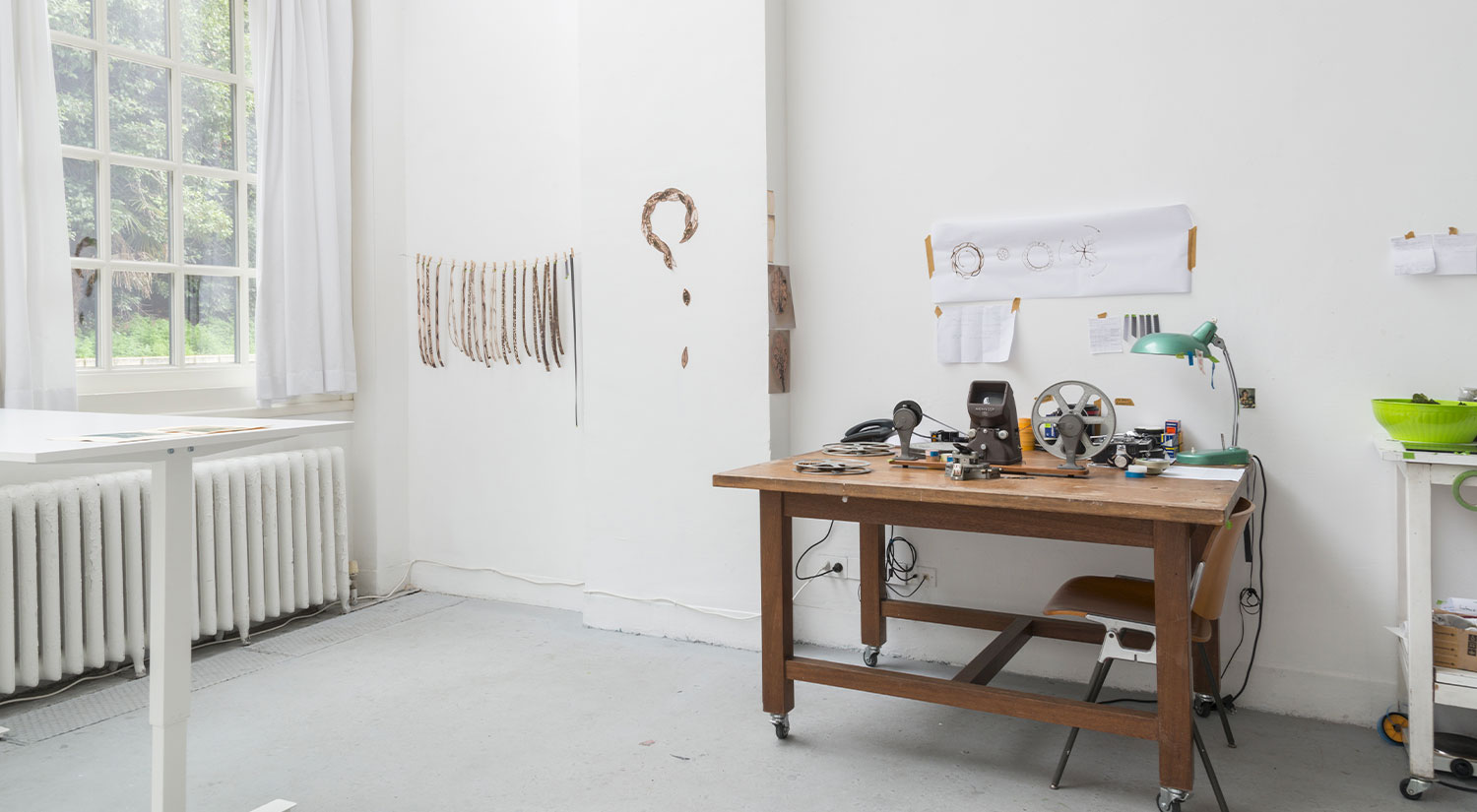
Studio of Catriona Gallagher, Winter Open Studios 2023. Photo by Luana Rigolli.
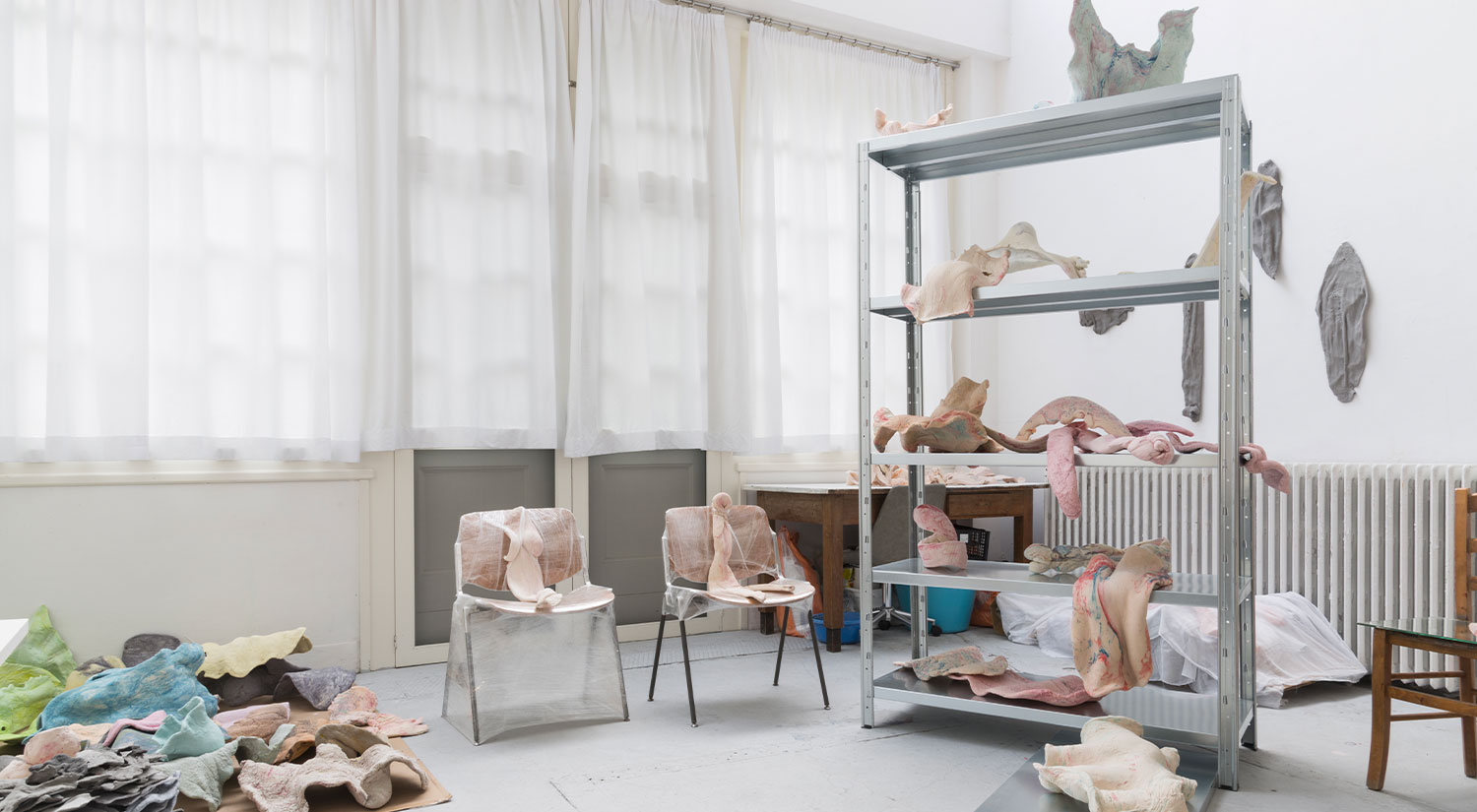
Studio of Laura White, Winter Open Studios 2023. Photo by Luana Rigolli.
Since 2018 Marta Pellerini, Visual Art Residency and Programme Curator has been organised different series of talks, taking place in the BSR Lecture Theatre. Selected artists, curators and art critics were asked to talk about their research in relation to some fundamental topics: gender, justice, decoloniality or materiality.
Talk Gender
The American writer Rebecca Walker defined the rebirth of the feminist movement in the early 1990s as ‘third-wave’, following the first and second waves. This third wave was geared towards a radical rethinking of gender identity. Queer theory became the basis for the subsequent theory of gender, a subject which the selected artists addressed from different perspectives. For more information, see here.
Talk Justice
To talk about justice would be to open up a vast philosophical discussion, to which this series can only gesture. The practices of the selected artists bring up questions connected to social or political justice in the world today. If you google justice, the first page of results is about lifestyle and taste: ‘justice’ is both an expensive trendy clothing brand and an electronic music duo. In terms of an internet search, which is how most things are judged today, the idea of justice appears to have been coopted by riot chic, perhaps because it is increasingly a rarefied ideal, a concept that is hard to grasp in a world where social, political and environmental injustice reigns.
Talks from Lockdown
This is a series of ongoing talks that begun in Spring 2020 with a focus on viruses of the body and of the mind, and notions of transmission and cultural contamination. When the Black Lives Matter movement came to the fore in June 2020, the series changed its shape, taking a direction that is different only at first glance. It takes as it main theme issues of colonialism and decolonisation within institutions and museums.
Talk Materialities
What is materiality in contemporary art? In historical art, materiality played two important roles: to imitate the world and to overcome death. Certain materials also had specific meanings, indicating wealth and exclusivity.
Contemporary art prompts a different discourse around materiality. From the materiality of colour revealed in its plasticity in abstract expressionism to a reconnection with everyday objects in Pop Art, which began in the 1930s with the Surrealist object trouvé. Materiality can be a body in Performance Art or disappear in Digital Art. Many artists use materiality in a symbolic way, to investigate personal histories and collective memories.
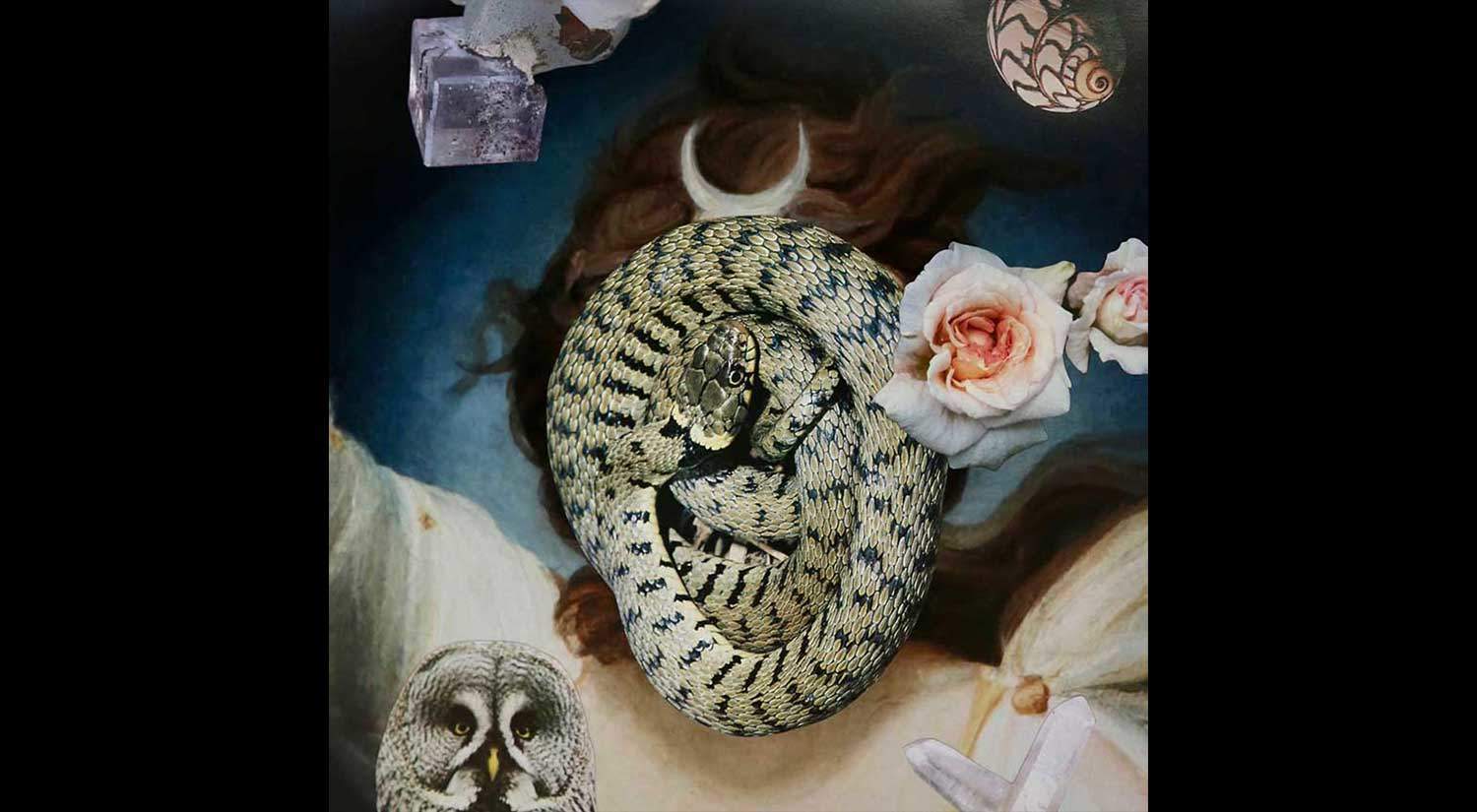
Linder Sterling, Pythia, 2017. Courtesy of the artist and Stuart Shave. Modern
Art Devonshire Collection Chatsworth.
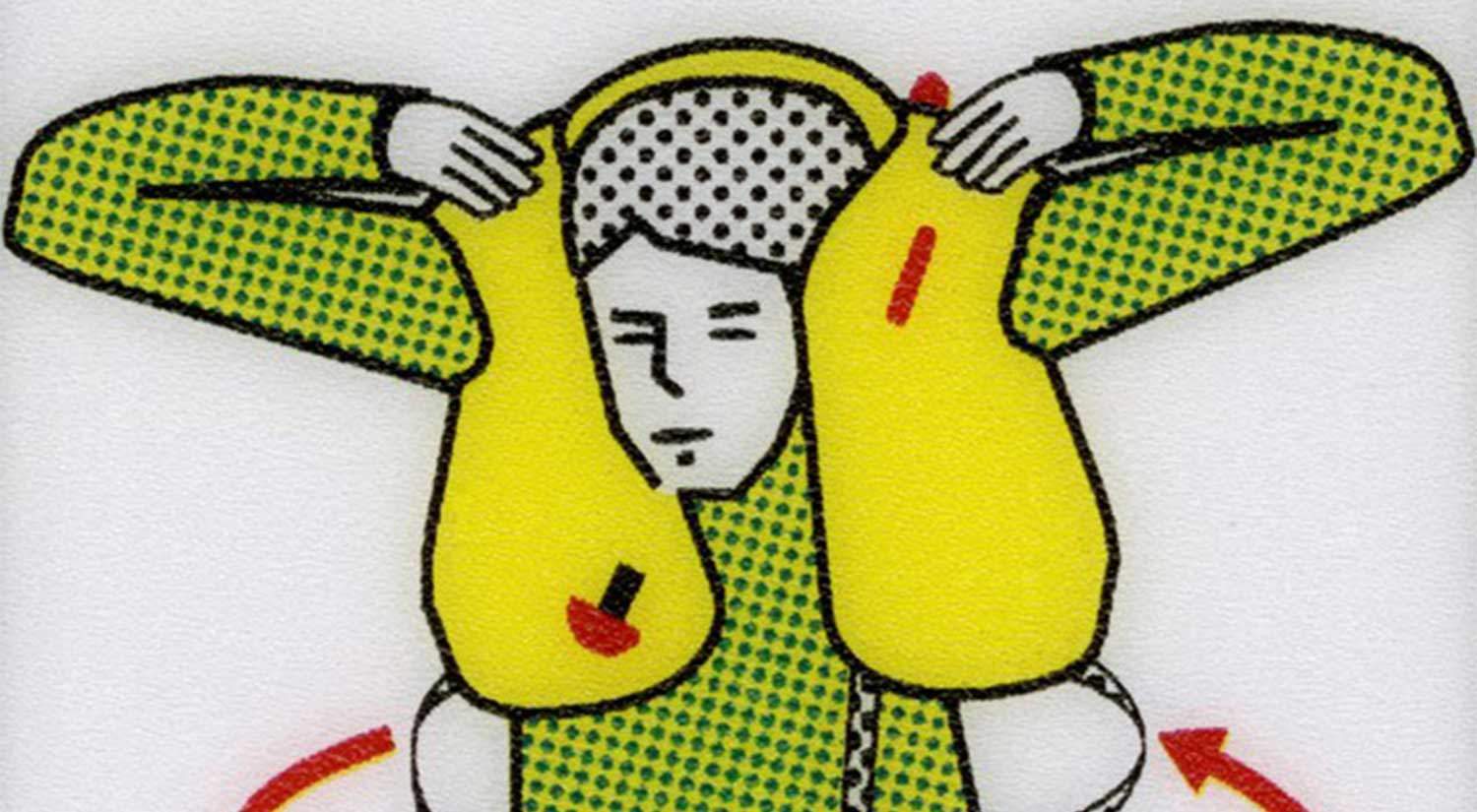
John Smith, still from "A State of Grace", 2019, 3 mins. HD video. Courtesy of the artist.
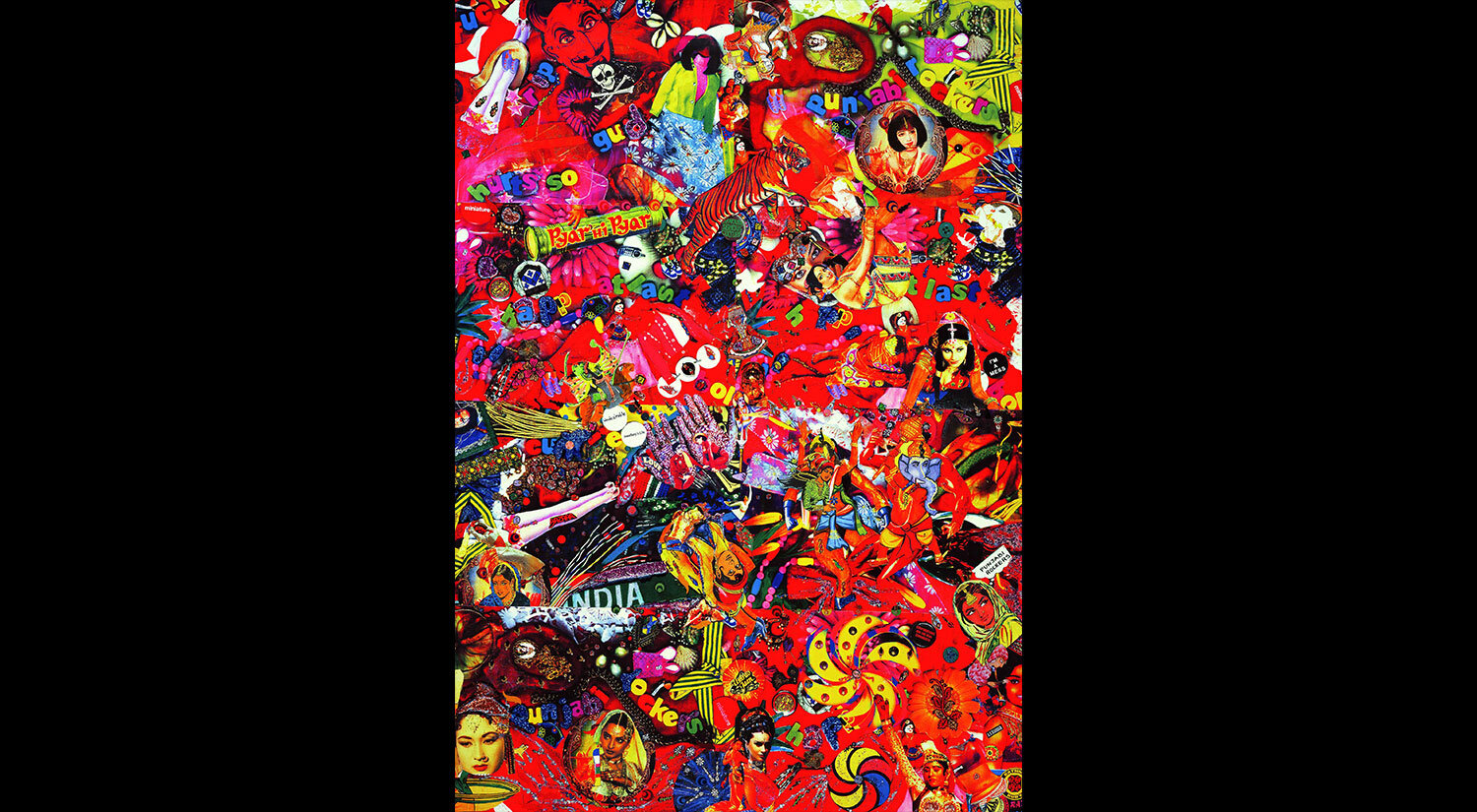
Chila Kumari Singh Burman, Punjabi Rockers, 2004. Mixed media, glitter, collage
and lamda print. 84.1cm x 118.9cm.
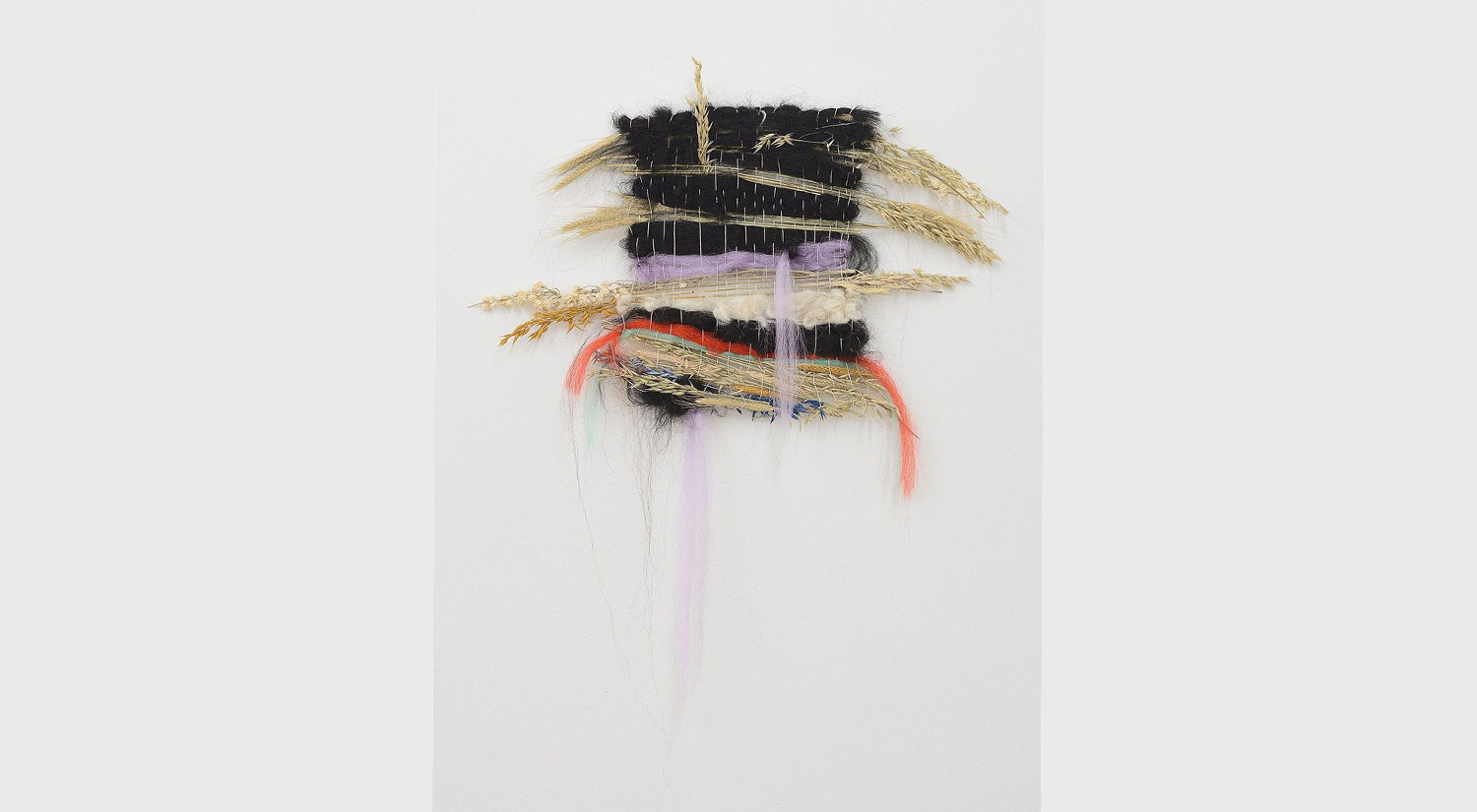
Amber Doe, Iris Louise Chase, 2021. Kanekalon, Italian lambs wool, paint, dried flowers.
79 x 104 cm. Photo credit: Roberto Apa.
Since 2022, the BSR has opened its gallery space to exhibitions of work by both BSR and Italian artists. The aim of these exhibitions is to support the artists' work and foster their presence within the Italian and Roman cultural scenes.
On the meaning of Gossip
31 May – 23 June 2023
Fine Arts Exhibition with Maeve Brennan, Catriona Gallagher, Holly Graham, Helena Hladilová, Lulù Nuti and Marie-Agnès Nobecourt, Sharon Kelly, Lucy Tarquinio, Laura White.
The group show wants to investigate in a broad way the meaning of the word ‘Gossip’, starting from a chapter of the book "Witch, witch-hunting and women" (2020) written by the feminist philosopher and activist Silvia Federici.
Renata, remember you are unconscious; you have no expression, no pain, you don’t yell, you are unconscious!
31 October – 25 November 2022
Adam Chodzko
This solo exhibition by artist and BSR alumni Adam Chodzko, of early, recent and new mixed media work, is devised as a walk in multiple directions, guided by the spirit of Pier Paolo Pasolini, raising questions about our relationships to endings, limits, attention, empathy and hauntings.
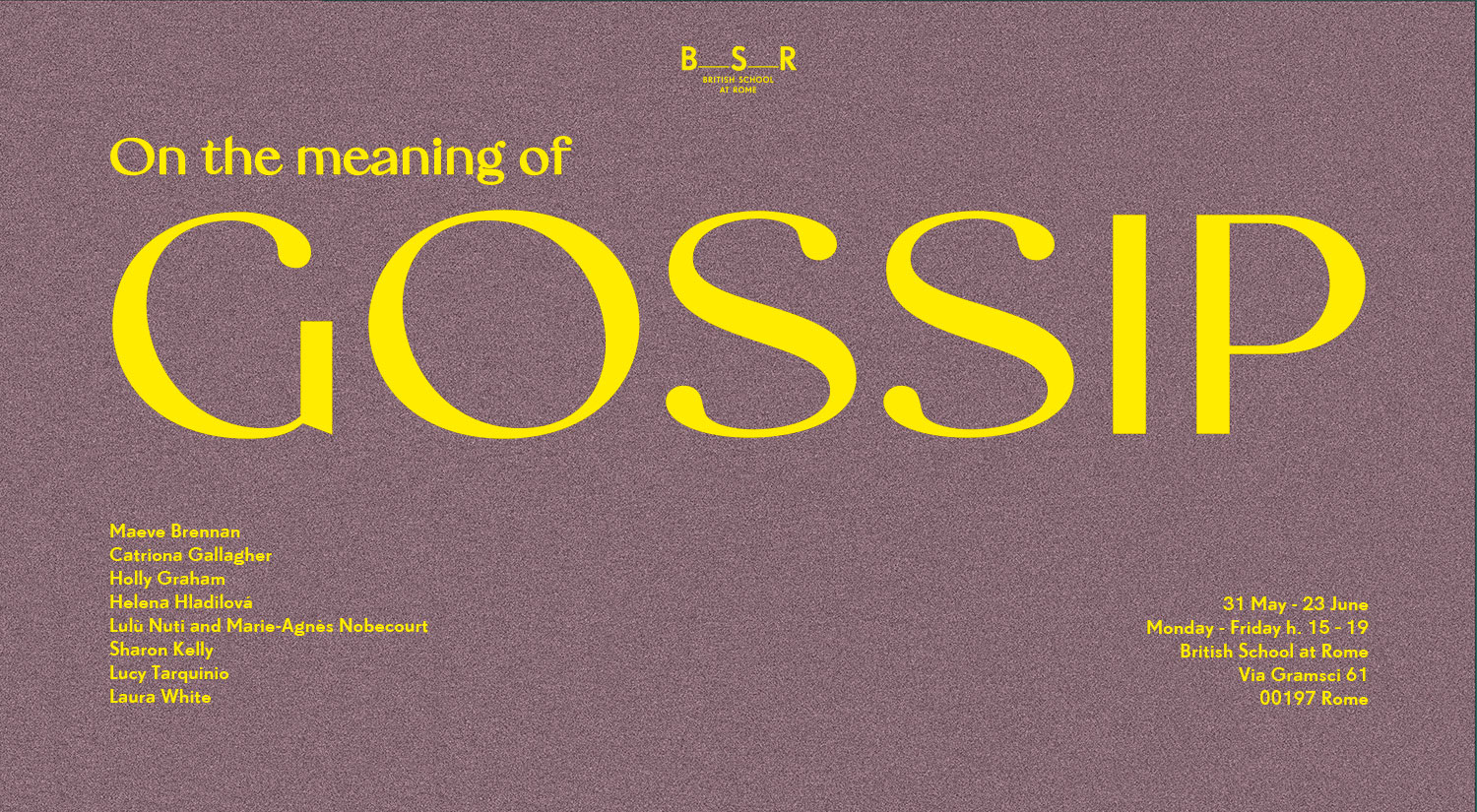
Flyer of the exhibition: On the meaning of Gossip
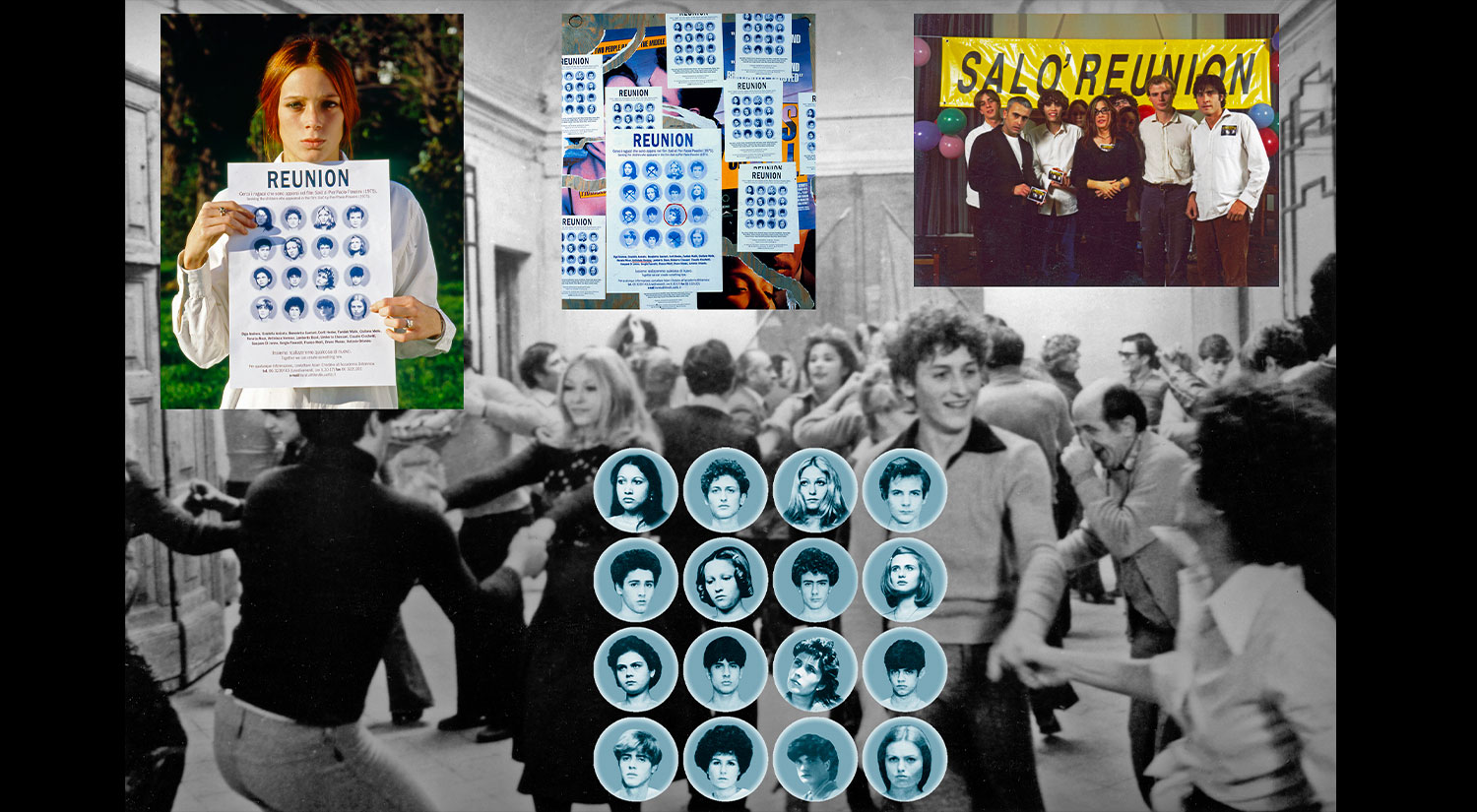
Flyer of the exhibition: Renata, remember you are unconscious; you have no expression, no pain, you don’t yell, you are unconscious!

Flyer of the exhibition: On the meaning of Gossip


